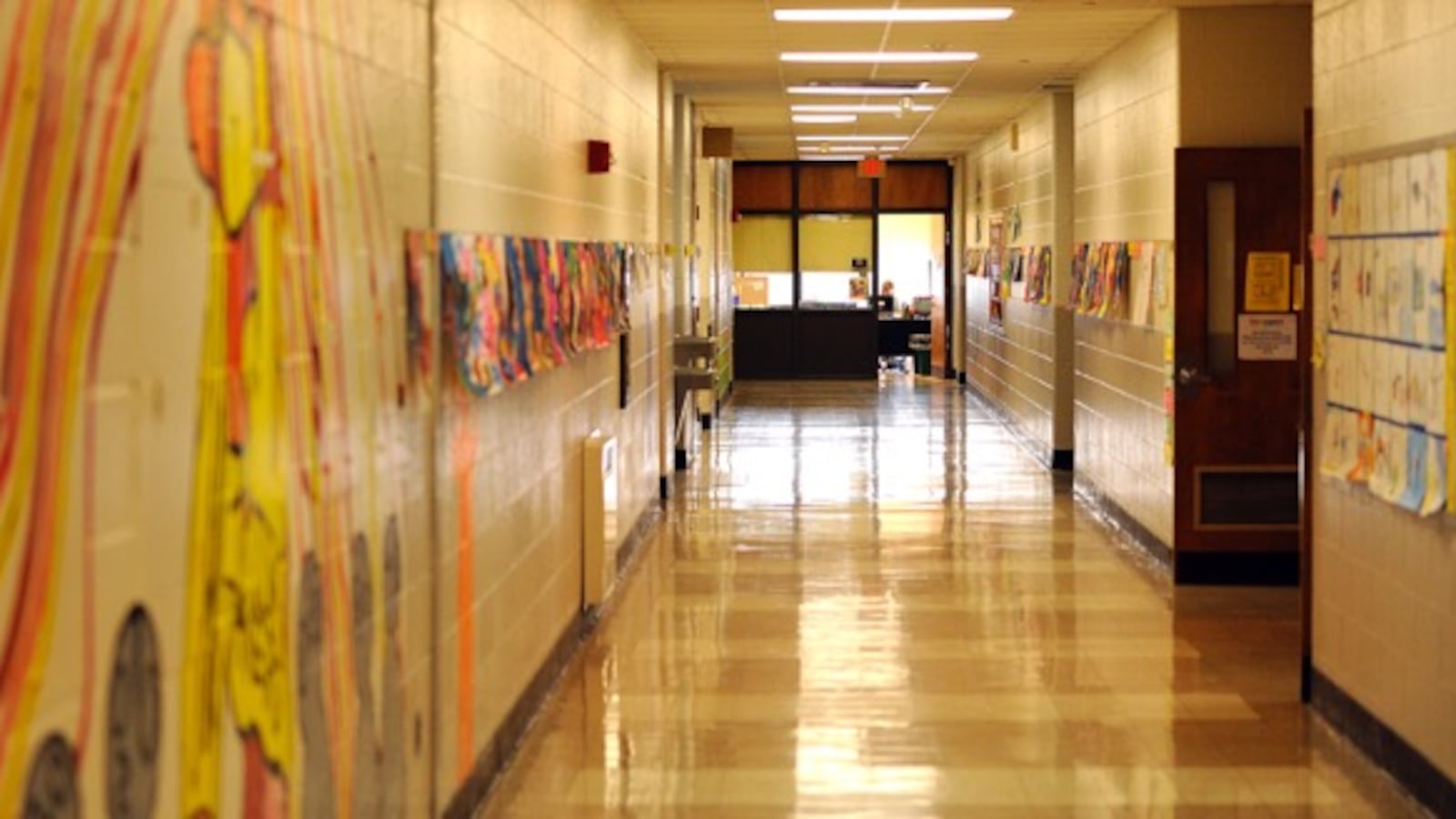Schools with large numbers of kids who transfer in or out should get an extra grade from Indiana’s A-F system, a legislative committee said Thursday.
The proposal, backed by both Democrats and Republicans on the House Education Committee, would give schools a second A-F grade based just on the scores of students who have attended for at least a year.
The goal is to account for schools with “high mobility,” common in poor neighborhoods where families move frequently and kids sometimes change schools several times in a single school year. When kids change schools, their test scores often sink. Lawmakers argued the schools where they end up on test day can be unfairly saddled with a low grade that doesn’t necessarily reflect the quality of teaching at the school.
Even so, the schools will still be judged the same as all schools in Indiana on their first A-F grade.
The proposal was added as an amendment to House Bill 1384, which is mostly aimed at clarifying how high school graduation rate is calculated. The bill passed out of committee today, 8-4. It next heads to the full House for a vote, likely later this week.
The amended bill would require the Indiana State Board of Education to first define a “high-mobility” school. Then, starting in the 2018-19 school year, the board would assign those schools both the typical grade based primarily on state tests and a second grade that only considers the test and other academic data of students who have attended the school for one year or more.
The second grade could not be used by the state board to make decisions about state sanctions, the bill says. But it would help parents and others better understand the circumstances at the school, said Rep. Bob Behning, the bill’s author and chairman of the education committee.
“Especially in our urban centers, there are several schools … that have very high mobility rates,” Behning said. “We could all recognize that if you’re being moved from school A to school B to school C to school D in a year, it’s going to be very difficult for your performance to be where it needs to be.”
The bill also makes a similar change to high school graduation rates, which would help Indiana better comply with new federal law, Behning said. The bill would alter the graduation rate calculation so that students who drop out would only count in a school’s rate if they attended that school for at least 90 percent of the school year. Otherwise, their graduation data gets counted at the previous school they attended for the longest time.
Melissa Brown, head of Indiana Connections Academy, one of the largest online schools in the state, testified in support of the bill. She said the graduation rate change and second letter grade better reflect the work they’re doing with students.
“We really believe that if we can keep a student, we can help them,” Brown said.
Virtual schools have performed poorly on state tests, which some school leaders argue is because they serve a challenging population of students, including those who frequently move and switch schools, come to school far behind grade level and have other learning difficulties that make them more difficult to educate.
Read: The broken promise of Indiana’s online schools
Indiana Connections Academy sees about 20 to 25 percent of students come and go each year, Brown said. Other virtual schools, such as Hoosier Academies, have reported more than double that rate.
Although the rates for individual schools could vary widely, Beech Grove schools had the highest district mobility rate in 2015 in Marion County, where 20.1 percent of students left a Beech Grove school to go outside the district, according to state data. Franklin Township had the lowest, with 8.5 percent. Generally, transfer within districts was much lower.
In IPS, the rate was 18.4 percent for students leaving to attend a school in another district, and 8.2 percent of students left their home school to attend another in IPS.
Brown said she thinks the second school grade could help all schools that see high turnover, but it also could dispel some misinformation about what virtual schools are for — it’s not a “magic pill” for kids who are far behind, she said, a scenario she encounters frequently.
“At the end of the day, it’s really about what’s best for the kid,” Brown said. “And it’s not best to send a student to another school with two weeks left in the semester expecting a miracle to happen.”

